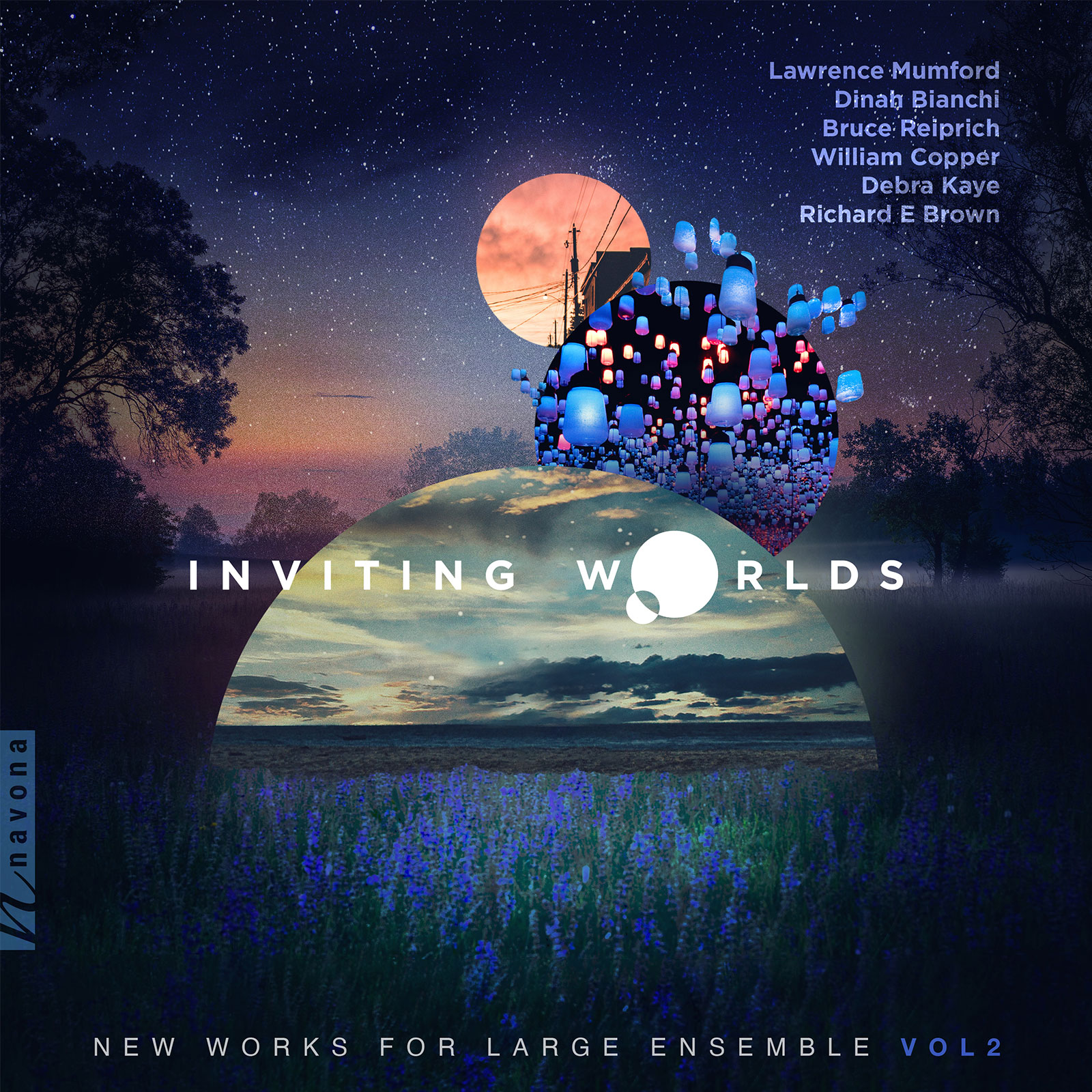Inviting Worlds Vol 2
Lawrence Mumford composer
Dinah Bianchi composer
Bruce Reiprich composer
William Copper composer
Debra Kaye composer
Richard E Brown composer
Hot on the heels of its first edition, INVITING WORLDS VOL 2 follows in the footsteps of its predecessor with the rhythmic dexterity and textural nuance of today’s orchestras paired with a new roster of composers. New sounds and expressions burst with emotion and uplift us through dark days, navigating uncertainty and delivering us to tranquil resolution. From the frenetic energy and hair raising harmony of Chasse Noir to the soothing solemnity of When Quiet Comes, INVITING WORLDS VOL 2 delivers a colorful palette of orchestral virtuosity sure to please any listener who lends an ear.
Listen
Stream/Buy
Choose your platform
Track Listing & Credits
| # | Title | Composer | Performer | |
|---|---|---|---|---|
| 01 | Hope and a Future | Lawrence Mumford | Janáček Philharmonic Ostrava | Jan Kučera, conductor | 6:58 |
| 02 | Chasse Noir | Dinah Bianchi | Janáček Philharmonic Ostrava | Jan Kučera, conductor | 6:00 |
| 03 | When Quiet Comes | Bruce Reiprich | Janáček Philharmonic Ostrava | Stanislav Vavřínek, conductor; Lucie Kaucka, piano | 6:59 |
| 04 | Gold Lights in Blue | William Copper | Janáček Philharmonic Ostrava | Jiří Petrdlík, conductor | 4:37 |
| 05 | Rising Up | Debra Kaye | Janáček Philharmonic Ostrava | Jan Kučera, conductor | 11:11 |
| 06 | Paisano Suite: I. Prelude | Richard E Brown | Janáček Philharmonic Ostrava | Stanislav Vavřínek, conductor | 1:52 |
| 07 | Paisano Suite: II. Scherzo | Richard E Brown | Janáček Philharmonic Ostrava | Stanislav Vavřínek, conductor | 1:42 |
| 08 | Paisano Suite: III. Berceuse | Richard E Brown | Janáček Philharmonic Ostrava | Stanislav Vavřínek, conductor | 2:56 |
| 09 | Paisano Suite: IV. Fugue | Richard E Brown | Janáček Philharmonic Ostrava | Stanislav Vavřínek, conductor | 2:03 |
| 10 | Paisano Suite: V. Pastorale | Richard E Brown | Janáček Philharmonic Ostrava | Stanislav Vavřínek, conductor | 2:46 |
| 11 | Paisano Suite: VI. Caprice | Richard E Brown | Janáček Philharmonic Ostrava | Stanislav Vavřínek, conductor | 2:00 |
| 12 | Paisano Suite: VII. Romanza | Richard E Brown | Janáček Philharmonic Ostrava | Stanislav Vavřínek, conductor | 4:18 |
| 13 | Paisano Suite: VIII. Finale | Richard E Brown | Janáček Philharmonic Ostrava | Stanislav Vavřínek, conductor | 2:24 |
Recorded October 25-27, November 19, December 6-8, 2021 at Dům Kultury města Ostravy (The Ostrava House of Culture) in Ostrava, Czech Republic
Hope and a Future, Chasse Noir, Rising Up
Producer Markéta Janáčková
Engineer Aleš Dvořák
Editing & Mixing Melanie Montgomery
When Quiet Comes
Producer Jan Košulič
Engineer Aleš Dvořák
Editing & Mixing Jan Košulič
Additional Editing Melanie Montgomery
Gold Lights in Blue, Paisano Suite
Producer Jan Košulič
Engineer Aleš Dvořák
Editing & Mixing Melanie Montgomery
The recording of When Quiet Comes was funded by a Northern Arizona University, College of Arts and Letters, Kitt School of Music Charles H. and Donna M. Aurand Music Faculty Development Award, and the Kitt School of Music Fund for Musical Excellence.
Executive Producer Bob Lord
A&R Director Brandon MacNeil
A&R Laura Ramsey, Danielle Lewis, Quinton Blue
VP of Production Jan Košulič
Audio Director Lucas Paquette
Production Director Levi Brown
Production Manager Jean Noël Attard
Production Assistant Martina Watzková
Mastering Melanie Montgomery
VP, Design & Marketing Brett Picknell
Art Director Ryan Harrison
Design Edward A. Fleming, Morgan Hauber
Publicity Patrick Niland, Brett Iannucci
Artist Information
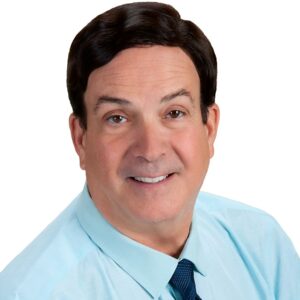
Lawrence Mumford
Lawrence Mumford's music, published by eight different companies, has premiered in cities across the country. Movements from his Symphony No. 4 have recently become a part of the broadcast libraries of the largest classical radio stations in Boston, Washington DC, Cleveland, Los Angeles, San Francisco, and other cities, and have been played repeatedly — even being included in two stations’ “Ultimate Playlist.” This music is also available on major streaming services including Spotify, Amazon Music, and Apple Music.

Dinah Bianchi
Award-winning Michigan composer Dinah Bianchi creates vibrant and exciting music; music that is sublime, beautiful, and full of the communicative power of art. She is well versed in a variety of musical genres with a portfolio that includes music for orchestra, concert band, string ensemble, chamber ensemble, solo works, and electronic music. Well received both nationally and internationally, Bianchi’s music has been performed in concert halls in Europe, Asia, Canada, and the United States. Recently, she completed a recording session for Chasse Noir with the Janáček Philharmonic Ostrava in the Czech Republic. The recording was released in August of 2022 and is anticipating an album release with PARMA in the Spring of 2024.
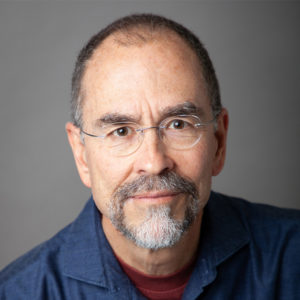
Bruce Reiprich
Bruce Reiprich's music has been described as having "unapologetic lushness" (New Music Box), "post-romantic radiance" (Danbury News-Times), and "a contemplative mood, its sedate pace subtly dilating the flow of time" (Eagle Rock Patch). It has also been characterized as "a deeply personal mediation on the poet's feelings" (San Francisco Classical Voice), "very powerful" (All Music Guide), "lovely and evocative" (Guitar Review-New York), "very impressive" (Cumhuriyet-Turkey), and "of special interest" (Guitar International-England). Praise for the Navona Records recording of his Lullaby for violin and orchestra highlights “what would make for a really gorgeous encore number” (Cinemusical), and “emotional effects so powerfully instantiated” (Textura).
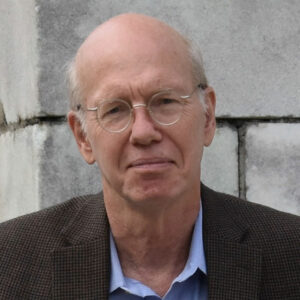
William Copper
William Copper is an American composer of contemporary classical music, a theorist, and the authority on Intonalism, the science of structuring music according to intonation. His music is praised for its beauty, structural integrity, and innovative originality. He has been a life-long supporter and volunteer as Board Member and officer for music and cultural organizations.
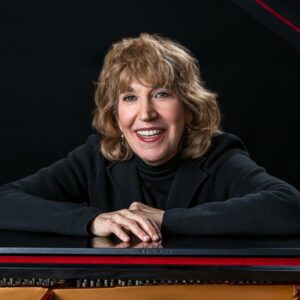
Debra Kaye
“A new voice on our horizon is felt and heard with [composer] Debra Kaye” (Classical Modern Music Review). Her visceral music has been described as “an eclectic unfolding of creativity” (Gramophone), it ranges from lyrical to grooving, experimental to coloristic but above all, expressive and deeply felt. Kaye is a hybrid and her music reflects it. Born in Motown, currently living in New York City, she moved to Atlanta at an early age. Her life and music reflect a desire to feel, understand, and to integrate opposites.
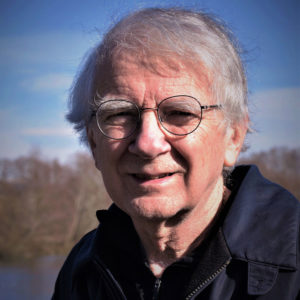
Richard E Brown
Richard E Brown, a native of New York State and has been active as a composer-arranger and music educator for many years. His training includes M.M. and D.M. degrees in composition from Florida State University, as well as a B.A. in music education from Central College, which named him a Distinguished Alumnus in 1983. His principal composition studies were with Carlisle Floyd, John Boda, and Charles Carter. He is a member of ASCAP and is represented in the catalogs of several trade publishers, as well as his personal imprint Dacker Music.
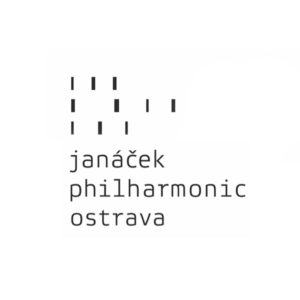
Janáček Philharmonic Ostrava
The Janáček Philharmonic is a world-class symphony orchestra based in Ostrava, Czech Republic and an emerging figure on the international performance scene. With over 100 top-level musicians, the orchestra aims to introduce unique, quality repertoire while showcasing their own recognizable sound.
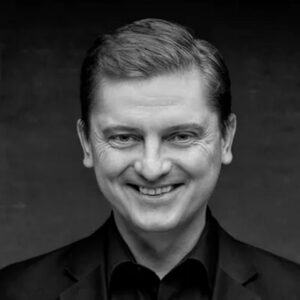
Jan Kučera
The conductor, composer, and pianist Jan Kučera is one of the most versatile Czech artists. At the National Theatre in Prague, he has conducted the productions of Lukáš Hurník’s opera The Angels, Shostakovich’s Antiformalist Rayok / Orango, Rossini´s La Cenerentola, and of his own comic opera Red Mary.
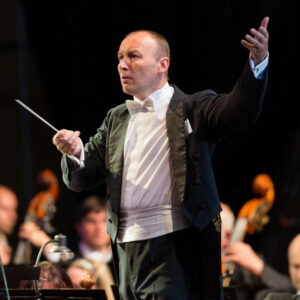
Stanislav Vavřínek
Stanislav Vavřínek is one of the most prominent Czech conductors and has been Chief Conductor of the Czech Chamber Philharmonic Orchestra Pardubice since 2018. Having graduated from the Conservatory in Brno where he studied flute and conducting, he continued his education at the Academy of Performing Arts in Prague. Subsequently, he also took master classes with Roberto Benzi in Switzerland, culminating with a concert in which he conducted the Biel Philharmonic Orchestra.
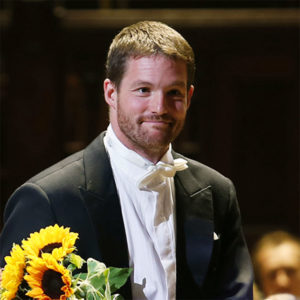
Jiří Petrdlík
Jiří Petrdlík (b. 1977) is appreciated as one of the most respectable conductors of his generation. He studied piano, trombone, and conducting — 1995–2000 at Prague Conservatory, and 2000–2005 at Academy of Performing Arts Prague — with Hynek Farkač, Miroslav Košler, Miriam Němcová, Radomil Eliška, and Tomáš Koutník, and took part in the masterclasses of the New York Philharmonic Principal Conductor Kurt Masur and the BBC Philharmonic Principal Conductor Jiří Bělohlávek. Petrdlík also successfully took part in several competitions, including the Donatella Flick Conductor Competition in London.
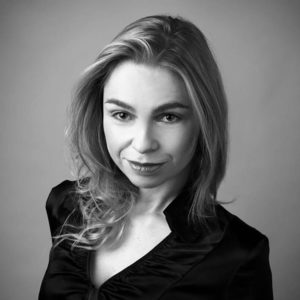
Lucie Kaucká
The pianist Lucie Kaucká was born on March 31, 1978 in Kraslice near Karlovy Vary, where she began studying music at the age of seven. She continued her piano studies at the Conservatory of Teplice and the Conservatory of Pardubice with Martin Hröel. After graduation from Pardubice she concentrated on the study of musicology at the Palacky University in Olomouc and finished successfully there in 2003.
